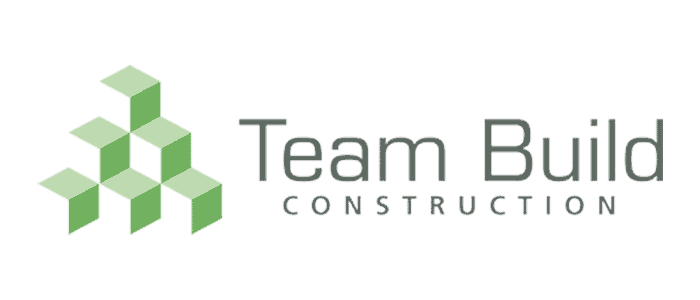If you’ve decided you want to build your own property and are on the lookout for a plot of land, it can be difficult to know where the best place is to start.
There are likely going to be some significant factors to consider, and this guide will hopefully be able to give you some pointers regarding finding your ideal building plot.
Types of plot
Brownfield land
Brownfield sites are a common area of focus for governments when deciding where to build new housing developments. This also means they are more likely to look favourably on any applications for private plans. However, with brownfield land, you usually need to apply for a change of use and there’s a chance some restrictions may be imposed, including maintaining the footprint of the previous building.
The upfront costs of building on brownfield land are usually cheaper when compared to other options, however, you’ll need to factor in the costs of a buy-to-demolish project.
Greenfield land
Greenfield refers to land that hasn’t been previously built on, which covers all kinds of landscapes. It can be notoriously difficult to get planning permission to build on a greenfield site, however, it’s not impossible. The green-belt is often protected and whilst it is possible to gain planning permission, you’re more likely to be granted permission for alternative building plans.
Buy to demolish

Buy-to-demolish plans are usually a popular choice for people as it’s usually a cheaper option when compared to renovating an existing property. Although, demolition fees can still run high, potentially into £10,000s.
There are other potential benefits with buy-to-demolish, such as the fact you’re less likely to run into additional costs by knocking down the previous building and starting from scratch. During the demolition process, you’ll also generate a lot of waste, however, this could leave you with salvage materials that you can either sell on or use for other projects. Another bonus is that VAT is reclaimable on new builds, whereas it’s not possible to claim back on refurbs.
Designated areas
Building in designated areas is usually tough to get planning permission for and locations such as conservation areas are often subject to strict controls. It’s highly unlikely you’ll be granted permission for a new build or a demolition and rebuild project. There is slightly more chance of you being granted permission for renovation, however, it can still be difficult and development rights are often restricted.
Methods for finding a plot
Finding a plot that suits your needs can be a challenge, but thankfully, you have a few options that can help you conduct your research.
Explore your preferred area
A good place to start is by deciding on the preferred area you want to build your property and going for first-hand exploration. Scouting around an area you’re interested in gives you the opportunity to spot potential places you could build on and gives you a better idea of what’s available.
Talk to locals
As with most things in life, who you know can often have a huge impact. This is why it’s a good idea to talk to locals of the area you’re hoping to find a plot and show them you are keen to join the community. Good plots of land are often taken before they are even listed on the market, so it can be beneficial to be on good terms with the locals for word-of-mouth purposes.
Ask the local council
Another good option is to look on the websites of the local authorities, as planning applications are often published on local registers. However, applicants aren’t always looking to build on the land and are sometimes planning on selling the plot. It can be worth it to get in touch with the applicants and ask if they intend to sell the plot on and make them aware of your interest.
Search the internet

As always, Google and other search engines can be a great help when conducting research. You can use Maps to find specific areas you might be interested in moving to and use websites such as Plotsearch to look for land listings in those areas. You can also use platforms such as Rightmove for potential plot options, as their search function allows you to look specifically for land.
Talk to estate & land agents
As well as speaking to local residents, it’s although worth registering your interest with estate and land agents in the areas you’re targeting, so they can get in touch with you if anything becomes available. Local architects and surveyors will likely find out about new plots early, so they can be good people to get in contact with if you are actively searching.
Things to consider
In addition to finding the type of land you are interested in building on and deciding on your preferred area, there are plenty of other factors to take into consideration. One major factor is ensuring that you have planning permission for wherever you decide on, as without planning permission, you won’t be able to build anything.
It’s also important to remember that if a plot you are interested in already has planning permission for something you wouldn’t consider building, those plans aren’t set in stone. The reality is that you will likely be able to upgrade the plan for something you would be more interested in actually building.
Finding a building plot can be a time-consuming project, so it’s important to remain patient and be proactive whilst you are searching. It’s better to ensure everything is projected to run smoothly instead of rushing through things.

